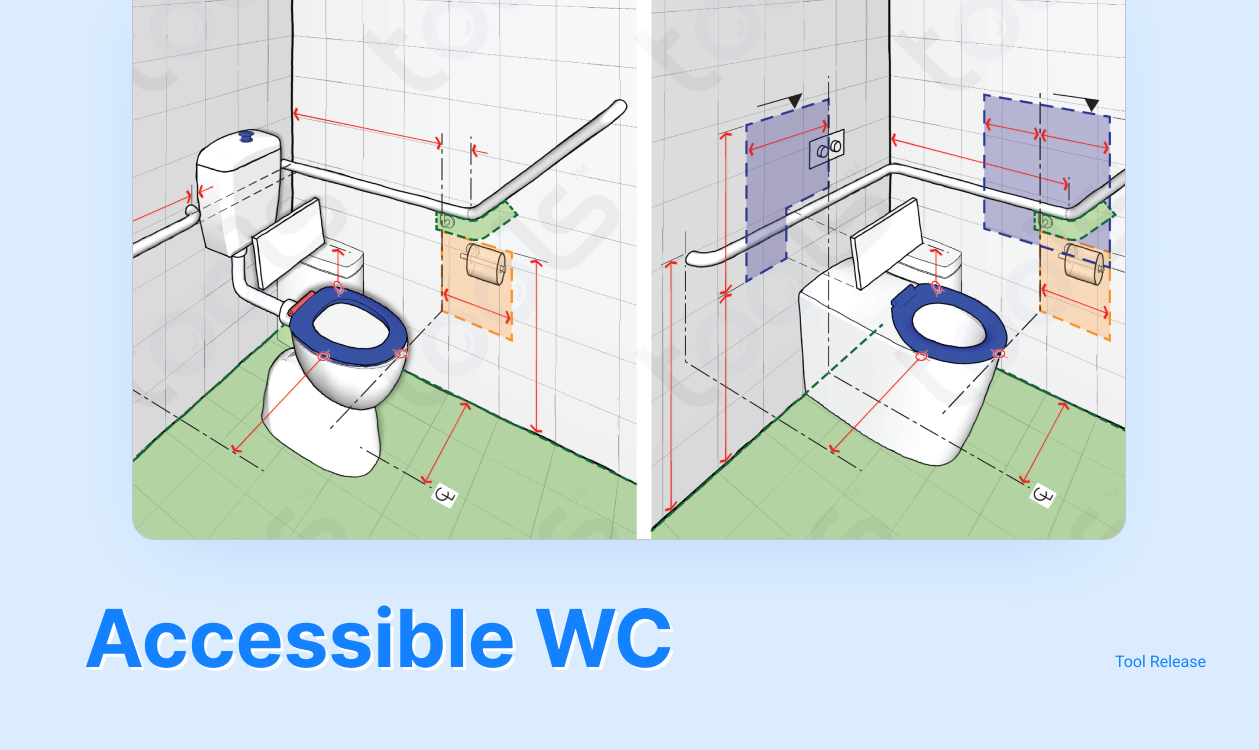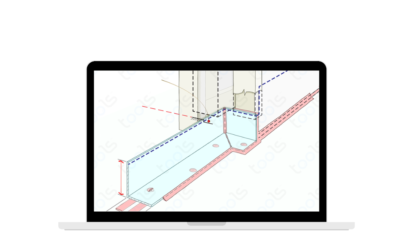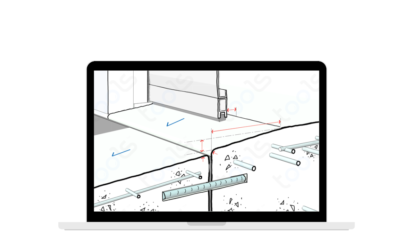Accessible Bathrooms: Why code compliance matters.
Out of the 22,000 public toilets listed on the federal government’s National Public Toilet Map. Only half of those facilities are accessible.
For people with disabilities, bladder problems, or decreased mobility, knowing that an establishment has accessible toilets is great news.
While buildings around the world have started becoming more inclusive, it is crucial to know how an accessible bathroom can optimally benefit its end users when it is fully compliant with national building codes.
In Australia, apart from the reality of limited facilities providing accessible bathrooms, meeting compliance with the standards required under the Disability Discrimination Act can be challenging. In this article, we discuss the most common issues and how they affect the people who use them as well as how a revolutionary app has simplified code compliance.
Among the common issues we have researched below are the ones that top the list:
- Misplaced grab rails: Grad rails are meant to help people maintain their balance and prevent falls. They must be located correctly, sturdy and allow sufficient hand clearance to ensure it is easy to grip. Tools™ app makes correct setout easy relative to front of pan and clearly indicates clearances and associated fitting locations.
- Incorrect toilet paper dispenser placement – the specific dimension requirements for this must ensure that it does not make reaching for the toilet roll challenging for the user. Tools app shows us the exact dimensions where the Toilet Paper Zone should be.
- No backrest – some accessible WC are not equipped with backrests. Tools app indicates where the backrest should be placed and its clearance from the Flush button zone and the end of the toilet seat.
In an ABC News Australia special report by Robyn Thompson last November 2021, Luke Trento of Trento Fuller Building Certifiers & Consultants says he has frequently encountered problems with accessible bathrooms operated by councils and businesses.
Trento notes, “I would say that with most existing buildings we go into to undertake an audit, very rarely do we come out to say, ‘This was 100 percent compliant.’ An example might be that the pan is not the correct pan, that there are no grab rails, or that there is encroachment from hand basins, and other types of fixtures within the facility.”
Furthermore, Jerry Tyrrell, founder of Australia’s premier building consultancy, Tyrrells Property Inspections, articulates that these compliance issues stem from “when designers and tradesmen are dealing with – especially pans, the center line is in the wrong location, it often doesn’t have a backrest, the push buttons are difficult to reach…even then the industry hasn’t solved some of the aspects if you’ve got issues with hand mobility…just non-compliance with these very clear dimensions that are shown on our tool.”
Tyrrell who came up with the Tools app back in 2017 says the Accessible WC Tool in particular, “shows very clearly, the layout of all the particular accessories, the toilet roll holder, and the signs where you’re not allowed to locate anything. It’s in three dimensions, very easy to follow, and gives you supporting information to the floor plan layout.”
The Tools app reinvents the way building codes are being read, resulting in a more efficient design and building process.
End users are able to fully utilise all the features with ease and comfort as all the dimensions, clearances, and specifications are followed with them in mind. The Tools app gives you the confidence that all these have been captured correctly and ensures users that they are able to use the facility independently.

 3 min read
3 min read  15 December 2022
15 December 2022 






